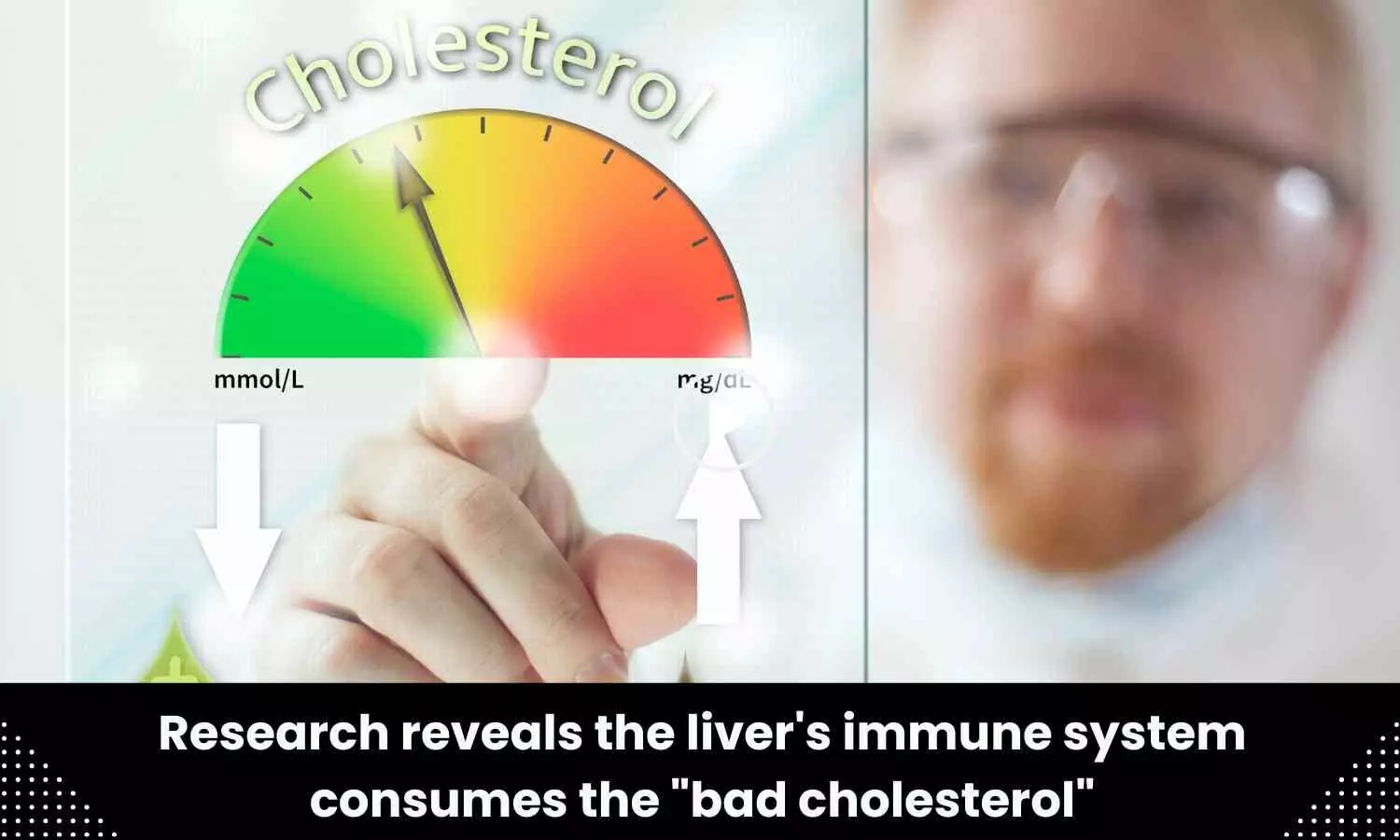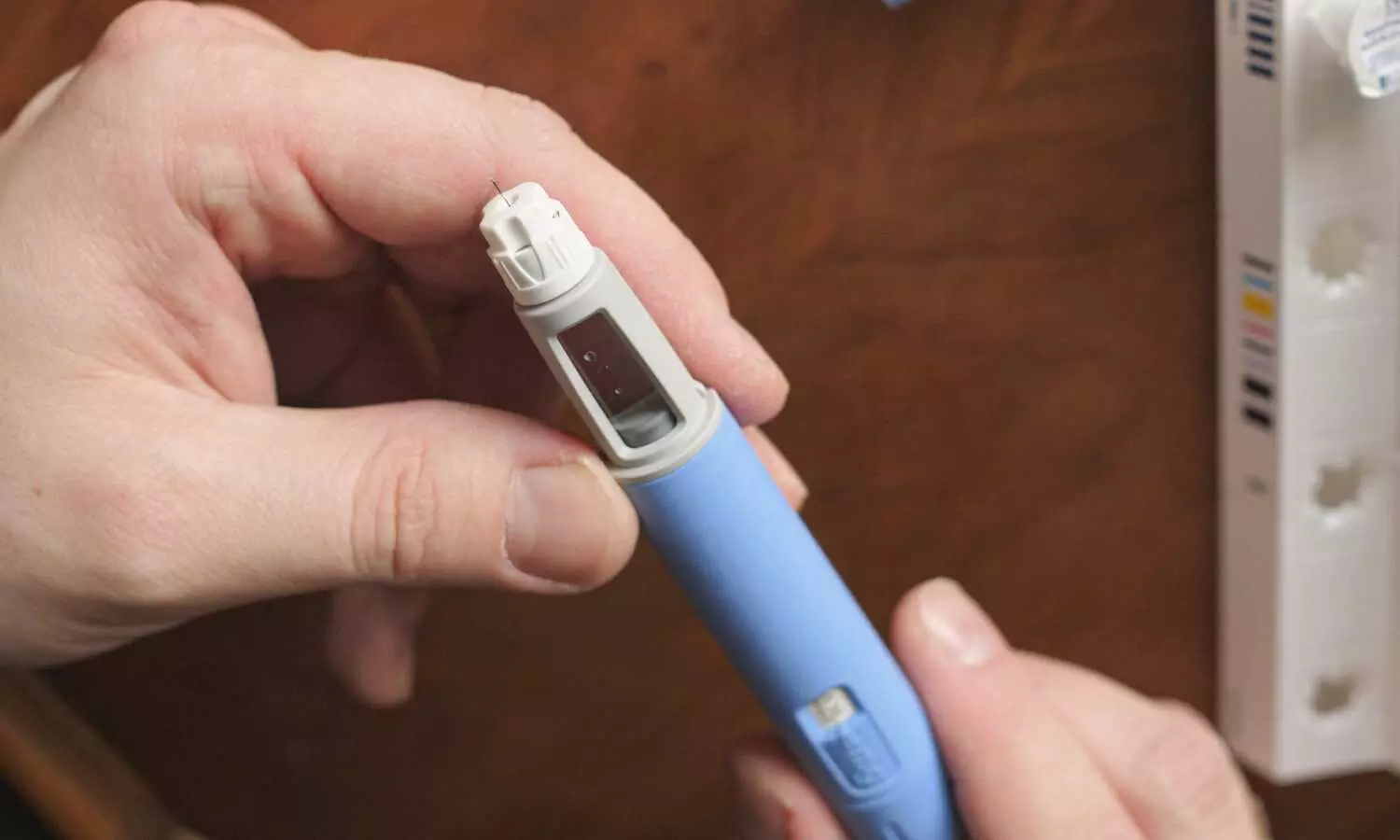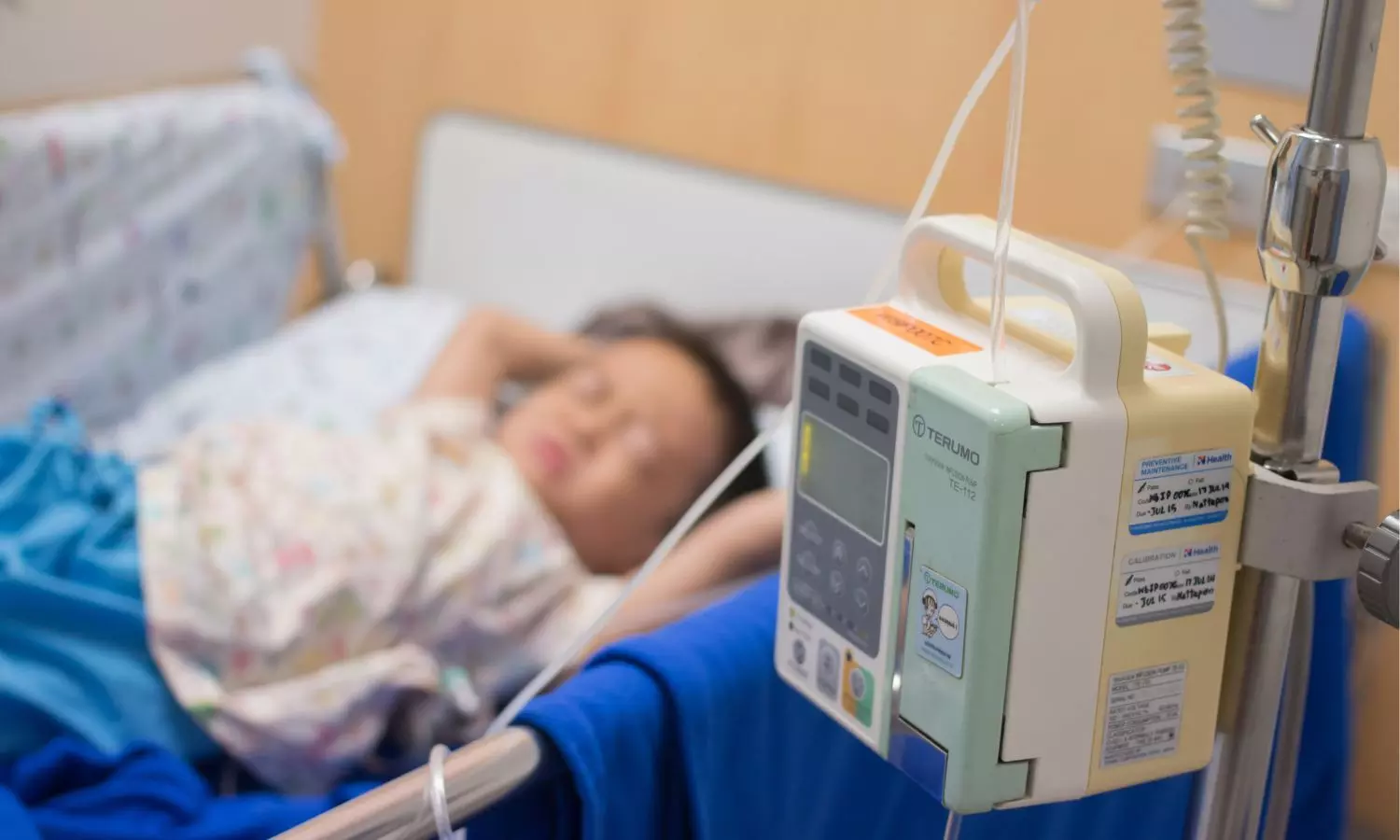Study finds no persistent cough in four out of five individuals with tuberculosis in Africa and Asia
Powered by WPeMatico
Powered by WPeMatico
Powered by WPeMatico
Powered by WPeMatico

Jammu: In a bid to provide weather resistance to the premier health institution, All India Institute of Medical Sciences (AIIMS) at Vijaypur in the Samba district of Jammu region has become the first hospital to be equipped with Glass Reinforced-Concrete (GRC) wall cladding technology.
The officials said that established in the kandi (dry) belt, the location is gripped with heat (in summer) and cold (in winter) due to extreme maximum and minimum temperatures.
“The Samba district is a Kandi belt, and keeping all aspects in mind for the next 30 to 40 years, GRC cladding technology has been installed on the external walls of the AIIMS building,” Dr Shakti Gupta, Director, Jammu AIIMS, told UNI.
Also Read:PM Modi inaugurates AIIMS Jammu campus, now 1300 MBBS seats, 650 PG medical seats in JnK
Dr. Gupta said, “All 42 buildings of AIIMS are being equipped with a GRC cladding system wherein special glass-reinforced concrete tiles with iron frames are installed on the walls.”
Specifying the importance of the technology, Dr Gupta, who is also Chief Executive Officer of Jammu AIIMS, further said, “Although all the buildings are centrally air-conditioned, the tiling installation will act as an insulator to maintain the temperature (maximum and minimum) inside the structures in harsh winter and summer seasons.”
Notably, the maximum temperature in Jammu, Samba, and Kathua districts is recorded 43 to 45 degrees in the summer, and the minimum is up to 3 to 4 degrees in the winter.
“The GRC cladding system will provide relief not only to the medical staff but also to patients and attendants,” the CEO said, adding that the durability of the tiles is long-lasting and they are also dust- and water-resistant.
“The cladding system provides thermal insulation and weather resistance while enhancing the strength of the building. This will help in maintaining a normal environment inside the structure during extreme summer or winter, which will have a direct impact on medical care,” he added.
“Nearly 90 percent of the work is completed, and the remaining is expected to be completed by the end of this month,” he said, adding that the GRC cladding system is not used in any of the AIIMS in the country.
On starting the Outpatient Department (OPD) facility, Dr Gupta said, “The exercise is in progress, and very soon, all the departments will be fully operational.”
Prime Minister Narendra Modi formally inaugurated AIIMS Jammu during his Jammu visit on February 20.
“After the commissioning of AIIMS Jammu, people of Jammu will no longer have to leave for Delhi to avail specialised medical treatment, which will help them save valuable time and resources,” said Dr Gupta.
AIIMS Jammu, an Institute of National Importance, is a premier state-of-the-art, reliable, high-quality referral centre for tertiary healthcare established under the auspices of the Pradhan Mantri Swasthya Suraksha Yojana (PMSSY) to address regional healthcare imbalances, encourage evidence-based research, and elevate medical education standards in the country.
The hospital is set to offer comprehensive medical services, with an expected daily footfall of 2000–3000 patients in the outpatient department.
Phase 1 will see the establishment of 750 beds, including 193 ICU beds catering to trauma care, general care, and super-specialties.
AIIMS Jammu will have an annual intake of 100 students for its MBBS programme and 60 students for rsing. It will also introduce Post-Graduate programmes in Medical, Dental (MD/MS/MDS), Nursing, superspecialization programmes (DM/MCh), Doctorate (PhD) degrees, and more in the future.
AIIMS Jammu is actively establishing “Centres of Excellence” across various domains like Telemedicine, Trauma Sciences, Nursing, Comprehensive Cancer Care, and advanced Studies in hospital administration, aiming for success and significance in healthcare and education.
Powered by WPeMatico

Sweden: In a study, published in the Journal Nature Cardiovascular Research, researchers from Karolinska Institute in Sweden revealed that immune cells in the liver react to high cholesterol levels and eat up excess cholesterol that can otherwise cause damage to arteries and that the response to the onset of atherosclerosis begins in the liver.
Cholesterol is a type of fat that is essential for many functions in the body, such as making hormones and cell membranes. However, too much cholesterol in the blood can be harmful, as it can stick to the walls of the arteries and form plaques that narrow or block the blood flow. This results in atherosclerotic cardiovascular disease, the primary underlying cause of heart attacks and strokes, and the leading cause of death worldwide.
In the study, researchers tried to understand how different tissues in the body react to high levels of LDL, also called ‘bad cholesterol’, in the blood. To test this, they created a system where they could quickly increase the cholesterol in the blood of mice.
“Essentially, we wanted to detonate a cholesterol bomb and see what happened next. We found that the liver responded almost immediately and removed some of the excess cholesterol,” said Stephen Malin, lead author of the study and principal researcher at the Department of Medicine, Solna, Karolinska Institute.
However, it wasn’t the typical liver cells that responded, but a type of immune cell called Kupffer cells that are known for recognising foreign or harmful substances and eating them up.
“We were surprised to see that the liver seems to be the first line of defence against excess cholesterol and that the Kupffer cells were the ones doing the job. This shows that the liver immune system is an active player in regulating cholesterol levels, and suggests that atherosclerosis is a systemic disease that affects multiple organs and not just the arteries.” Said Malin.
“Our next step is to look at how other organs respond to excess cholesterol, and how they interact with the liver and the blood vessels in atherosclerosis. This could help us develop more holistic and effective strategies to combat this common and deadly disease.”
Reference: Giada Di Nunzio, Sanna Hellberg, Yuyang Zhang, Osman Ahmed, Jiawen Wang, Xueming Zhang, Hanna M. Björck, Veronika Chizh, Ruby Schipper, Hanna Aulin, Roy Francis, Linn Fagerberg, Anton Gisterå, Jari Metso, Valentina Manfé, Anders Franco-Cereceda, Per Eriksson, Matti Jauhiainen, Carolina E. Hagberg, Peder S. Olofsson & Stephen G. Malin; Journal: Nature Cardiovascular Research; DOI: 10.1038/s44161-024-00448-6
Powered by WPeMatico

Scaling and root planing tied to reduced bleeding vs GBM among patients under periodontal maintenance suggests a new study published in the Journal of Periodontology.
This study aimed to compare the clinical efficacy and the patient perception of subgingival debridement with either guided biofilm management (GBM) or conventional scaling and root planing (SRP) during supportive periodontal care (SPC). Forty-one patients in SPC were randomly assigned to either treatment with GBM or SRP every 6 months. The primary outcome was the percentage of bleeding on probing (BoP) at 1 year. Moreover, pocket probing depths (PPD), recession, and furcation involvements were also measured. Full-mouth and specific site analyses were performed at baseline, 6 and 12 months of SPC. Patient comfort was evaluated using a visual analogue scale (VAS) at 12 months.
Results: At 1 year, the mean BoP percentage decreased from 12.2% to 9.0% (p = 0.191) and from 14.7% to 7.9% (p = 0.004) for the GBM and SRP groups, respectively. Furcation involved multirooted teeth but no through-and-through lesions were significantly fewer in the GBM than in the SRP group after 12 months (p = 0.015). The remaining parameters showed a slight improvement in both groups without any statistically significant differences between the two groups after 1 year. Pain evaluation as patient-reported outcome measures (pain evaluation) was in favour (p = 0.347) of the SRP group, while overall satisfaction was similar for both groups. Treatment time was not statistically significantly different between the two groups (p = 0.188). In well-maintained SPC patients, SRP protocols resulted in significant clinical improvements in terms of BoP; however, for the other clinical improvements, similar efficacy for both GBM and SRP was observed.
Reference:
Stähli A, Ferrari J, Schatzmann AS, et al. Clinical evaluation of a novel protocol for supportive periodontal care: A randomized controlled clinical trial. J Periodontol. 2024; 1-10. https://doi.org/10.1002/JPER.23-0527
Powered by WPeMatico

The use of the recombinant zoster vaccine (RZV) is currently advised for immunocompetent adults aged 50 years or more and for immunocompromised adults aged 19 years or more, as it is effective in preventing herpes zoster ophthalmicus (HZO). Nevertheless, concerns regarding the safety of RZV in individuals with a history of HZO persist.
Powered by WPeMatico

Denmark: Topline results of the FLOW trial showed a 24% reduction in the risk of kidney disease-related events among patients with type 2 diabetes (T2D) and chronic kidney disease (CKD) with the use of semaglutide 1.0 mg (Ozempic).
The healthcare company Novo Nordisk announced the headline results from the kidney outcomes trial FLOW. The announcement comes after the decision to stop the trial early due to efficacy, which was announced on 10 October 2023, based on a recommendation from an Independent Data Monitoring Committee.
The double-blind trial compared semaglutide 1.0 mg with a placebo as an adjunct to the standard of care for the prevention of progression of kidney impairment and risk of kidney and cardiovascular mortality in patients with T2D and CKD. The trial enrolled 3,533 patients with type 2 diabetes and CKD.
The trial met its primary endpoint by demonstrating a statistically significant and superior reduction in progression of kidney disease and CV and kidney death of 24% for people treated with semaglutide 1.0 mg compared to placebo.
The combined primary endpoint comprised five components measuring the progression of CKD and the risk of cardiovascular and kidney mortality. Both CKD and cardiovascular components of the primary endpoint contributed to the risk reduction. Further, the trial confirmed the superiority of semaglutide 1 mg vs placebo for the confirmatory secondary endpoints.
In the trial, semaglutide 1.0 mg appeared to have a well-tolerated and safe profile in line with previous semaglutide 1.0 mg trials.
“We are very excited about the results from FLOW showing that semaglutide 1.0 mg reduces the risk of kidney disease progression,” Martin Holst Lange, executive vice president for Development at Novo Nordisk, said in the company announcement.
“Approximately 40% of people with type 2 diabetes have chronic kidney disease, so the positive results from FLOW demonstrate the potential for semaglutide to become the first GLP-1 treatment option for people living with type 2 diabetes and chronic kidney disease.”
Novo Nordisk expects to file for regulatory approvals of a label expansion for Ozempic in the US and EU in 2024. The detailed results from FLOW will be presented at a scientific conference in 2024.
FLOW was a double-blind, randomized, parallel-group, placebo-controlled, superiority trial that compared injectable semaglutide 1.0 mg with placebo as an adjunct to standard of care on kidney outcomes for prevention of progression of kidney impairment and risk of cardiovascular and kidney mortality in people with T2D and CKD. Chronic kidney disease was defined as eGFR2 ≥50 and ≤75mL/min/1.73 m2 and UACR >300 and <5000 mg/g or eGFR ≥25 and <50 mL/min/1.73 m2 and UACR >100 and <5000 mg/g.
The trial, conducted in 28 countries at around 400 investigator sites, enrolled 3,533 people. The FLOW trial was initiated in 2019.
The key objective of the FLOW trial is to demonstrate delay in progression of CKD and to lower the risk of CV and kidney mortality through the composite primary endpoint consisting of the following five components:
Confirmatory secondary endpoints included MACE (non-fatal stroke, non-fatal myocardial infarction, cardiovascular death), the annual rate of change in eGFR (CKD-EPI), and all-cause death.
Powered by WPeMatico

In low-income and middle-income countries (LMICs), Supplemental O2 is not always available at health facilities. Solar-powered O2 delivery can overcome gaps in O2 access, generating O2 independent of grid electricity.
Powered by WPeMatico

Australia: A randomized clinical trial (RCT) of 211 participants assigned to predictive tool use vs treatment as usual revealed that the use of predictive tool failed to significantly change patient willingness for surgery at six months.
The findings, published in JAMA Network Open, indicate the need for additional research to optimize patient decision-making in total knee arthroplasty (TKA).
Rapid advancements in artificial intelligence (AI) technologies have led to the development of several clinical predictive tools, including those for patients with knee osteoarthritis considering TKA. While there is a quick progression of the integration of predictive tools into clinical practice, few of those tools have undergone rigorous evaluation through RCTs. Consequently, the effectiveness of these tools in surgical decision-making remains uncertain for both patients and clinicians.
Against the above background, Yushy Zhou, The University of Melbourne, Melbourne, Victoria, Australia, and colleagues aimed to assess the effect of an online predictive tool on patient-reported willingness to undergo total knee arthroplasty.
For this purpose, the researchers conducted a parallel, double-masked, 2-arm randomized clinical trial comparing predictive tool use with treatment as usual (TAU) between 2022 and 2023. After enrollment, participants were followed up for six months.
Participants were recruited from a major Australian private health insurance company and the surgical waiting list for publicly funded TKA at a tertiary hospital. Eligible participants had unilateral knee osteoarthritis, were contemplating TKA, and had tried previously nonsurgical interventions, such as physiotherapy, lifestyle modifications, and pain medications.
The intervention group was provided access to an online predictive tool at the study’s beginning. The tool offered information concerning the likelihood of improvement in quality of life (QoL) if patients chose to undergo TKA. The predictions were based on the patient’s sex, age, and baseline symptoms. The control group received TAU without access to the predictive tool.
The study’s primary outcome measure was a reduction in the willingness of the patient to undergo surgery at six months after tool use, which was measured using binomial logistic regression. Secondary outcome measures were the quality of their decision-making process as measured by the Knee Decision Quality Instrument and participant treatment preference.
The following were the key findings of the study:
“Predictive tools might still enhance health outcomes of patients with knee osteoarthritis despite the absence of treatment effect on willingness for TKA,” the researchers wrote.
“Additional research is needed to optimize the implementation and design of predictive tools, address limitations, and fully understand their impact on the decision-making process in TKA,” they concluded.
Reference:
Zhou Y, Patten L, Spelman T, et al. Predictive Tool Use and Willingness for Surgery in Patients With Knee Osteoarthritis: A Randomized Clinical Trial. JAMA Netw Open. 2024;7(3):e240890. doi:10.1001/jamanetworkopen.2024.0890
Powered by WPeMatico
